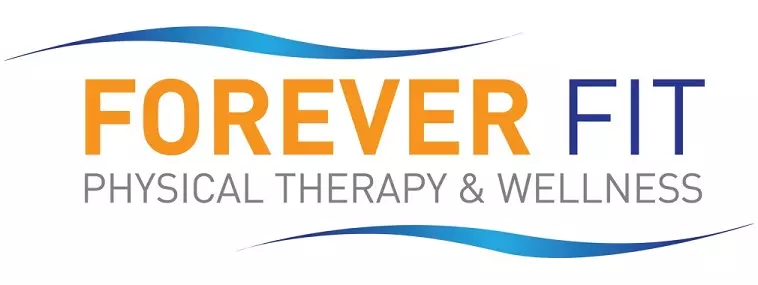Stress, tension and poor posture are occupational hazards that come with many “desk jobs.” They can be exacerbated by working from home — most people don’t have an ergonomic chair and computer setup in their home office. These are also some of the most common causes of temporomandibular joint dysfunction, also referred to as TMJD.
The temporomandibular joints are located on either side of the face just in front of the ear. This is where the jawbone, called the mandible, is attached to the temporal bones. Inside the joint is a small cartilage disc that slides with the motion of your jawbone. Several muscles and ligaments attach to the bones to move and stabilize them. When the movement of this joint becomes inhibited or causes pain, headaches and other symptoms, it’s called temporomandibular joint dysfunction (TMJD).
TMJ dysfunction is a symptom we treat a lot at Forever Fit. It can be painful and distracting enough to interfere with your daily routines.
This article covers the basics of TMJ dysfunction, its potential causes and how physical therapy helps.
TMJ dysfunction: The basics
The first symptoms of TMJ dysfunction that people may notice are difficulty opening and closing their mouth, pain in the jaw and neck when chewing, headaches, stiffness, and audible clicking or popping noises. In more advanced cases, the jaw can make grinding sounds and ache more consistently. TMJ dysfunction can also cause symptoms in the ears like pain, congestion, and ringing or tinnitus.
Between 5% and 12% of people experience TMJD. It’s different from most other chronic pain conditions because it’s more common among young people, especially women. Having TMJ dysfunction can be very disruptive as it can make chewing and talking very painful or prevent movement entirely.
What causes TMJ dysfunction?
There are many things that can cause TMJ dysfunction, though it can come on gradually with no inciting injury. Most often it’s a combination of a few different causes, including genetic predisposition and jaw grinding or clenching, which can happen when you’re sleeping.
Some of the most common causes of TMJ dysfunction include:
- Jaw tension or grinding teeth.
- Chewing hard or tough foods.
- Stress.
- Trauma from dental work.
- Poor posture.
- Injury to the jaw.
- Genetics.
How can a TMJ specialist near you help improve your symptoms?
While over-the-counter pain relievers can help reduce pain from TMJ dysfunction in the short term, physical therapy treatments are recommended for long-term symptom management and rehabilitation. During PT, your physical therapist will perform massage-like movements to relax your temporomandibular joint and the tissue around it. Some of the techniques may require them to place their fingers on the inside of your teeth to stretch your jaw, so they’ll wear protective gloves.
A physical therapist can help you determine what’s causing your TMJD symptoms and what you can do to reduce them, like using ice or heat, improving your posture, avoiding chewing gum, and wearing a mouthguard at night.
The following are some treatments your physical therapist may use to mobilize your temporomandibular joint and reduce symptoms:
- Joint mobilization — Your therapist may apply pressure to different parts of your temporomandibular joint to decrease stiffness and get the joint moving.
- Soft tissue mobilization — The muscles and ligaments connected to your jaw and the sides of your face can become stiff as well, contributing to jaw stiffness and pain. Your therapist will apply pressure as they use their hands to stretch the tissue, relieving tension and inflammation.
- Myofascial release — The fascia are connective tissue that hold your muscles, nerves, organs and blood vessels in place. In this technique, therapists will touch the areas surrounding your temples and jaw to find stiffness and apply gentle pressure to the area to release it.
- Therapeutic exercise — Your therapist will likely show you exercises to stretch and strengthen your jaw. Pay attention to when and how often they recommend exercising your jaw so you can avoid overusing it.
- Health education — Your therapist can tell you more about the parts of your face and jaw that are affected by TMJD, and they’ll instruct you on lifestyle adjustments you can make to keep your jaw healthy.
See a TMJ specialist at a Forever Fit location near you
Physical therapy treatments for TMJ dysfunction include lots of hands-on techniques, so you should find a TMJ specialist in your area. Symptoms usually improve within six to eight weeks, and you’ll likely need to return for several treatments. However, therapists can provide education and suggestions that will likely give you short-term relief within a session or two.
Our therapists are experienced with treating people with TMJ dysfunction due to many different causes. We can help you relieve painful TMJD symptoms and improve daily function of your jaw.
Contact our team today for more information or to schedule an initial appointment.

